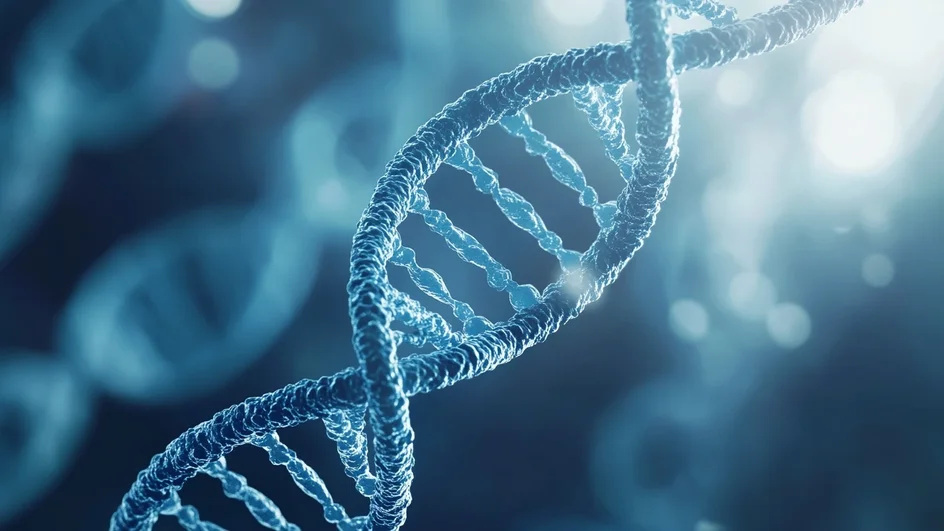In Dublin, the scent of fresh Guinness might be the first thing you notice — but hidden in the air is a much more revealing story. Scientists have discovered traces of DNA from cannabis, poppies, and even hallucinogenic mushrooms floating above the city, all thanks to groundbreaking advancements in environmental DNA (eDNA) detection.
This research, led by Professor David Duffy and his team at the University of Florida’s Marine Bioscience Laboratory, has revolutionized how we understand the air we breathe. Using simple filters and portable analysis tools, they’ve shown that DNA can be captured directly from the atmosphere and used to identify hundreds of organisms — from viruses and allergens to animals and narcotic plants.
Air as a Biological Archive
Originally developed to study sea turtles, the team’s eDNA technology has since expanded into a powerful tool for monitoring biodiversity, tracking animal movement, and detecting pathogens. By leaving filters in place for just a few hours or days, researchers were able to map an astonishing amount of life above the city of Dublin — all without disturbing the environment.
Even more impressively, the method allows scientists to trace the origins and migration paths of animals. In a Florida forest, for instance, researchers successfully identified lynxes and spiders through airborne DNA, revealing not only their presence but also where they came from — without the need for camera traps or physical tracking.
Speed, Scale, and Potential
With modern cloud-based software and compact lab equipment, one researcher can now analyze all DNA present in an air sample within a single day. This level of efficiency unlocks the possibility for mass-scale biodiversity monitoring in both urban centers and remote wildernesses.
The applications are immense:
-
Wildlife conservation: Identify and protect endangered species by understanding their habitats and movement patterns.
-
Public health: Detect airborne pathogens and allergens before outbreaks occur.
-
Drug detection: Trace the presence of illegal or controlled plants in the environment.
Ethical and Privacy Concerns
But with great power comes serious responsibility. As the technology advances, it’s capable of detecting not just animal and plant DNA, but human genetic data as well. This raises major concerns about privacy, consent, and data usage.
Professor Duffy and his team are calling for clear international standards on how such sensitive information should be stored and handled. Without proper regulation, there’s a real risk of misuse — from unauthorized genetic surveillance to ethical breaches in personal data collection.
“When we started, the idea of getting DNA out of thin air seemed like science fiction — but today, it’s a new reality,” says Duffy.
Conclusion
Airborne DNA analysis represents a paradigm shift in how we study the natural world. It offers a powerful, non-invasive method to understand life around us — from city streets to rainforests — in ways previously thought impossible. But as this science rapidly evolves, so too must the ethical frameworks that guide its use. After all, the air we breathe may soon tell stories we’re only beginning to understand.
